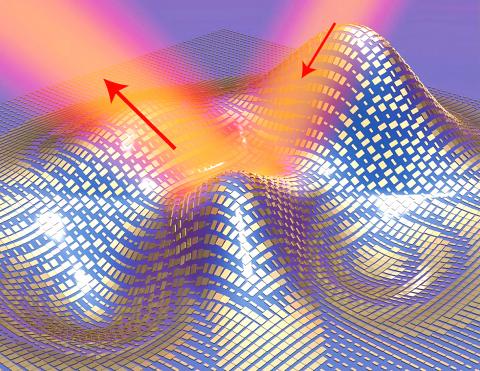BlueGin
Diamond Member
- Jul 10, 2004
- 24,718
- 17,175
- 1,405
(CNN) -- Some scientists seem to take their cues from science fiction or fantasy novels.
Physicists in Texas have developed a method to make objects "invisible" within a limited range of light waves. It's not Harry Potter's invisibility cloak just yet, but scientists say it has a lot of potential.
The desire to become invisible dates back to the ancient Greeks, if not further. In mythological literature, gods and goddesses donned a headdress to disappear from sight. Like Potter's cloak, the "cap of invisibility" was imbued with magical powers.
A fixture in magic, the invisibility cloak has now advanced to science.
Researchers at the University of Texas in Austin have developed a thin material called a 'mantle cloak,' according to a report published in the New Journal of Physics Tuesday.
If an object is wrapped in it, it 'disappears,' but the effect only applies to a limited range of light waves -- specifically microwaves.
Scientists come a step closer to invisibility cloak - CNN.com
Physicists in Texas have developed a method to make objects "invisible" within a limited range of light waves. It's not Harry Potter's invisibility cloak just yet, but scientists say it has a lot of potential.
The desire to become invisible dates back to the ancient Greeks, if not further. In mythological literature, gods and goddesses donned a headdress to disappear from sight. Like Potter's cloak, the "cap of invisibility" was imbued with magical powers.
A fixture in magic, the invisibility cloak has now advanced to science.
Researchers at the University of Texas in Austin have developed a thin material called a 'mantle cloak,' according to a report published in the New Journal of Physics Tuesday.
If an object is wrapped in it, it 'disappears,' but the effect only applies to a limited range of light waves -- specifically microwaves.
Scientists come a step closer to invisibility cloak - CNN.com


